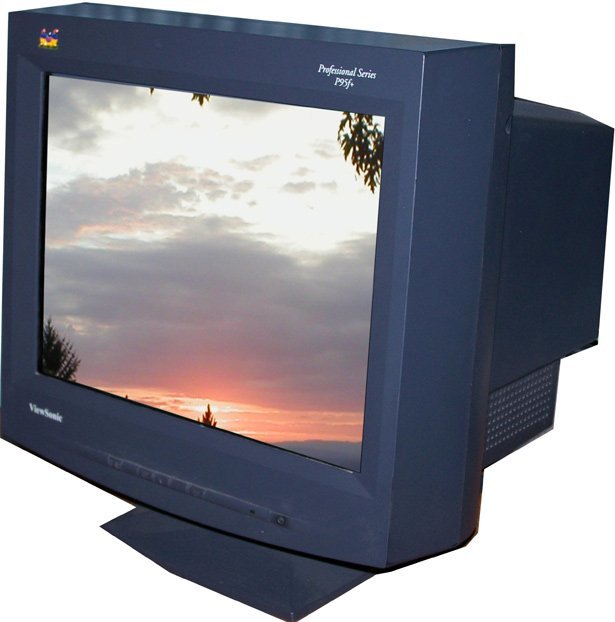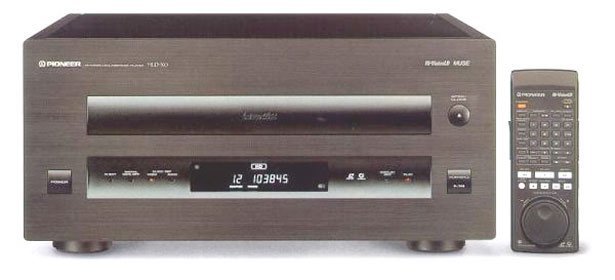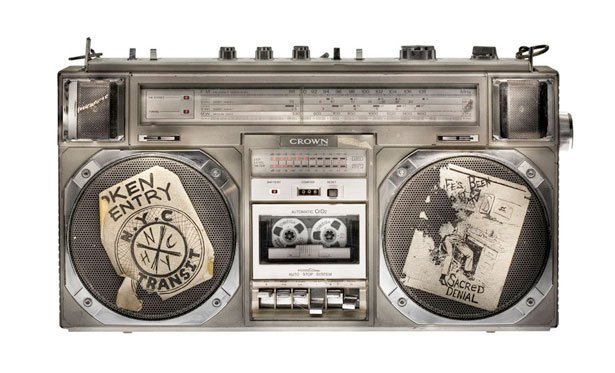
Devices have changed a lot but many of the things we use today some sort of early form or similar but more basic invention can be contributed to its creation.
The power we have as human beings to create and recreate is absolutely extraordinary and it is probably one of our greatest strengths as a species.
As I approach the end of this series I think about all the great devices I've previously written about. Very few of them have I actually ever used a few of them I've never even seen in real life before! What is it about the past that attracts us so much? Is it our neverending desire to understand, a curiousity that drives us as a species? Who knows...
We've come a long way from pagers and rotary phones. We've navigated the world of walkmans, discmans and gameboys. What devices do we love and cherish today? Will they be the devices of the future or are their days already numbered? Well, are you ready to take one last trip down memory lane with me?
It is hard to deny the fact that many of the gadgets of the past hold a sort of charm. A window into a different world. Isn't that part of the curiousity, we all want to know what it would be like to live in a world that was even a little bit different than are own? Some of you probably know many of the ancient ancestral gadgets I discuss well. Others have possibly never even heard of them. It is very true that a single generation can sometimes be enough to wipe out a technology completely!
Even though many of the technologies we have used in the past have been replaced by newer and more advanced technologies we still must take a moment and appreciate the fact that this is where we have come from. Where will we go? Only time will tell...
Well, we have not a moment to waste, lets get going shall we?
Let me unveil a few more magnificent gadgets of the past!


Things have come a long way in regard to the ways in which we consume digital media. The TV comes to mind but when it comes to watching recorded video these days often times we use streaming services like Amazon's firestick or competing services which offer up Netflix and Amazon Prime Video etc...
But before all this we depended on VHS, VidCDs and eventually DVDs...
One technology often overlooked is the LaserDisc player commonly used in the early 90s.
Initially marketed as “Discovision”, laser discs were the format choice of tech enthusiasts who had the money to put together a collection until the DVD format came out.
LaserDisc (abbreviated as LD) is a home video format and the first commercial optical disc storage medium, initially licensed, sold and marketed as MCA DiscoVision in the United States in 1978.
Although the format was capable of offering higher-quality video and audio than its consumer rivals, VHS and Betamax videotape, LaserDisc never managed to gain widespread use in North America, largely due to high costs for the players and video titles themselves and the inability to record TV programs.
It was not a popular format in Europe and Australia when first released, but eventually did gain traction in these regions to become popular in the 1990s.
Even though LaserDisc technology didn't become extremely popular in western markets, it did put the pressure on to develop something better. The thing which I'm referring to was the DVD!
Thankfully we have better options when it comes to watching recording video in the modern day! But just imagine where we would be if this technology had never been invented in the first place! With no LaserDisc I would venture to say that DVDs may never have been invented.



It has been a long time since I've used or have seen one of these. What used to be expensive tech has now become expensive rubbish with most having to pay a lot of money to people just to get them to haul one of these away. In an age of LCD and LED monitors the CRT Monitor is rarely used.
The cathode ray tube (CRT) is a vacuum tube that contains one or more electron guns and a phosphorescent screen, and is used to display images.[1] It modulates, accelerates, and deflects electron beam(s) onto the screen to create the images.
The images may represent electrical waveforms (oscilloscope), pictures (television, computer monitor), radar targets, or other phenomena. CRTs have also been used as memory devices, in which case the visible light emitted from the fluorescent material (if any) is not intended to have significant meaning to a visual observer (though the visible pattern on the tube face may cryptically represent the stored data).
If you look to get rid of a CRT monitor these days you'll need to take it to the dump and I believe it needs to be put in the 'hazardous waste' section as there are harmful components that are considered toxic. After CRT came plasma tvs but they didn't last very long and had many problems, I recall the major one being something called 'burn in' where the screen could be permanently damaged if you leave a static image on it for too long.
Despite being a mainstay of display technology for decades, CRT-based computer monitors and televisions are now virtually a dead technology. Demand for CRT screens dropped precipitously in the last half of the first decade of the 21st century. The rapid advances and falling prices of LCD flat panel technology -- first for computer monitors, and then for televisions -- spelled doom for competing display technologies such as CRT, rear-projection, and plasma display.[46]
I remember owning a slim CRT tv which was expensive at the time. All my friends were very impressed and it was absolutely great for playing video games as it had a huge screen. The only thing that could beat it in size at the time was a projection TV which I remember my friend having in his home. The projection TV just couldn't compete due to its grainy pixelation. Sure it was bigger but was it better? No way!
The CRT Monitor will forever be a part of our technological past as we move towards better technologies like advanced 4k LED megascreens!


One final device certainly deserves honorable mention...
These days Boom Boxes are confined to nostalgic memories of the 1980's or faint memories of good times when music invited or not flooded the streets of urban areas.
Associated with hip-hop, break-dancing, and other aspects of eighties culture, they were introduced in the late 1970’s as portable, all-in-one music devices. Earlier models took huge quantities of batteries and were very heavy.
A boombox or “Jambox” is a transistorized portable music player featuring one or two cassette tape recorder/players and AM/FM radio, generally with a carrying handle. Beginning in the 1980s, a CD player was sometimes included. Sound is delivered through an amplifier and two or more integrated loudspeakers. A boombox is a device typically capable of receiving radio stations and playing recorded music (usually cassettes or CDs usually at a high volume).
Many models are also capable of recording onto cassette tapes from radio and other sources. Designed for portability, boomboxes can be powered by batteries as well as by line current. The boombox was introduced to the American market during the mid-1970s. The desire for louder and heavier bass led to bigger and heavier boxes; by the 1980s, some boomboxes had reached the size of a suitcase. Most boomboxes were battery-operated, leading to extremely heavy, bulky boxes.
This brings back good memories for me as I do remember the boombox being part of popular culture as I was growing up. I also remember all the great movies showing off this magnificent tech on basketball courts/parks and neighborhoods.
I can't put my finger on what the boombox evolved into... These days everyone has a smartphone with a similar ability to play music fairly loudly but it seems society has lost the bass! A smartphone is certainly no proper replacement for a boombox surely!
The world is directed by dreamers that act upon their dreams and make them reality.
Don't be afraid to set a goal and go after it!
I really do hope you've enjoyed my series but the show must go on! Look for new exciting topics going forward.
Thanks for reading.
Authored by: @techblogger
In-text citations sources:
Laser Disc Player - Wikipedia
CRT Monitor - Wikipedia
Boombox - Wikipedia
Image Sources:
Wikipedia
Pexels

